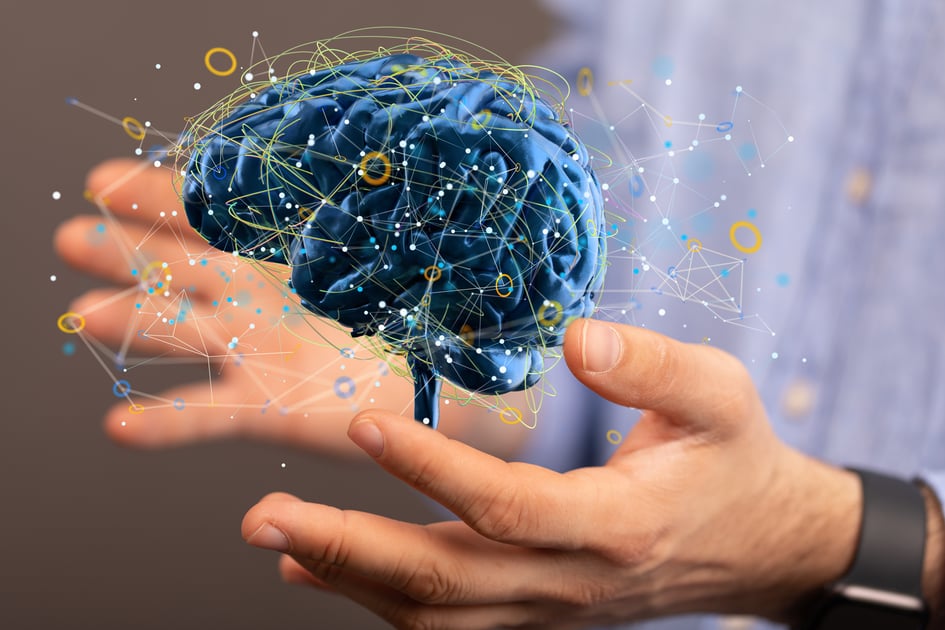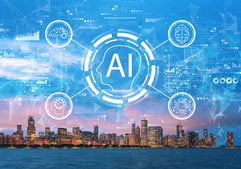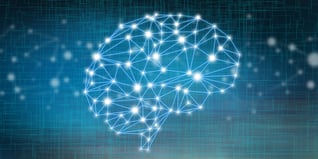Understanding AI, DNN, CNN, and ML: Unveiling the Core Concepts
June 13, 2023 •Jessica Jones

In the rapidly evolving technology field, terms like AI, DNN, CNN, and ML have become increasingly prevalent. While they may sound complex, these acronyms represent key concepts in artificial intelligence and machine learning. This article will delve into the fundamentals of AI, DNN, CNN, and ML, shedding light on their definitions.
Artificial Intelligence (AI):
Artificial Intelligence (AI) is the simulation of human intelligence in machines, enabling them to perform tasks that typically require human cognitive abilities. AI encompasses various techniques, including machine learning, natural language processing, computer vision (machine vision), and more. AI aims to create intelligent systems capable of perceiving, learning, reasoning, and making decisions.
Example: Intelligent Personal Assistants
AI-based personal assistants, such as Amazon's Alexa, Apple's Siri, and Google Assistant, showcase the capabilities of artificial intelligence. These virtual assistants employ natural language processing (NLP) techniques to understand and respond to user queries and perform tasks like setting reminders, providing weather updates, playing music, and even controlling smart home devices.
Deep Neural Networks (DNN):
Deep Neural Networks (DNNs) are a class of artificial neural networks (ANNs) with multiple layers between the input and output layers. These networks consist of interconnected nodes, or artificial neurons, that process and transmit information. By leveraging hierarchical representations of data, DNNs excel at learning complex patterns and extracting meaningful features from large datasets.
Example: Speech Recognition
Deep Neural Networks have revolutionized speech recognition systems. For instance, systems like Google's speech-to-text feature employ DNNs to accurately convert spoken language into written text. By leveraging multiple layers of artificial neurons, DNNs can learn complex patterns in sound waves and achieve remarkable accuracy in transcribing spoken words.
Convolutional Neural Networks (CNN):
Convolutional Neural Networks (CNNs) are a specialized deep neural network designed to process structured grid-like data, such as images or video. CNNs employ convolutional layers that apply filters to input data, enabling them to learn visual features and hierarchies of patterns automatically. They have revolutionized tasks like image recognition, object detection, and image generation.
Example: Image Classification
Convolutional Neural Networks excel in image classification tasks. For instance, in computer vision, CNNs have been widely used in systems like self-driving cars and facial recognition applications. By training on massive datasets, CNNs can automatically learn features and hierarchies of image patterns, enabling them to classify objects accurately, detect faces, or recognize specific visual characteristics.
Machine Learning (ML):
Machine Learning (ML) is a subfield of artificial intelligence that focuses on developing algorithms and models that enable computers to learn from data and make predictions or decisions without explicit programming. ML algorithms can be categorized into supervised, unsupervised, and reinforcement learning, each with its own approach and objectives.
Example: Spam Email Filtering
Machine Learning algorithms play a vital role in spam email filtering. ML models can be trained on labeled datasets containing examples of both spam and legitimate emails. These models learn patterns and characteristics of spam emails, such as specific keywords, phrases, or email header information. Once trained, they can accurately predict whether an incoming email is spam, effectively helping users manage their inboxes.
Conclusion:
AI, DNN, CNN, and ML are not just abstract concepts; they are already ingrained in our daily lives, helping us in small but practical ways. These technologies assist humans, save time, and make life more convenient. Artificial Intelligence allows machines to simulate human intelligence, leading to intelligent personal assistants like Siri, Alexa, and Google Assistant, which provide us with information, entertainment, and control over our smart devices.
Deep Neural Networks and Convolutional Neural Networks play crucial roles in processing complex data, especially in tasks like image classification and pattern recognition. They enable technologies such as facial recognition and self-driving cars, making them a reality. By understanding the potential of DNNs and CNNs, we can appreciate how they enhance our lives by improving security, transportation, and convenience.
With its ability to learn from data without explicit programming, machine learning is transforming various fields. From spam email filtering to recommendation systems, ML algorithms assist us in making decisions and predictions based on patterns and trends found in large datasets. These technologies are already at work, making our lives more efficient and effective.
As we witness the increasing integration of AI, DNN, CNN, and ML in our daily routines, it becomes evident that they are crucial components of the modern technological landscape. By embracing and understanding these concepts, we can fully appreciate their transformative potential across different domains, from healthcare and finance to transportation and entertainment. AI, DNN, CNN, and ML are shaping the future and making a tangible impact on our lives, providing convenience, saving us time, and assisting us in countless ways.
References
"Artificial Intelligence." Stanford Encyclopedia of Philosophy, Stanford University, 2021. plato.stanford.edu/archives/spr2021/entries/artificial-intelligence/
LeCun, Y., Bengio, Y., & Hinton, G. (2015). "Deep learning." Nature, 521(7553), 436-444. doi:10.1038/nature14539
Krizhevsky, A., Sutskever, I., & Hinton, G. E. (2012). "ImageNet classification with deep convolutional neural networks." Advances in Neural Information Processing Systems, 25, 1097-1105. papers.nips.cc/paper/4824-imagenet-classification-with-deep-convolutional-neural-networks.pdf
Mitchell, T. M. (1997). "Machine Learning." McGraw Hill Education.
